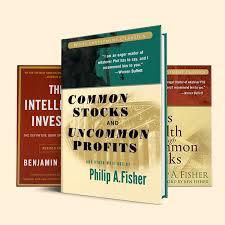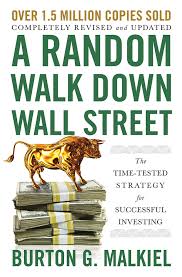
The New York Stock Exchange, where billions of shares trade daily
Chapter 1: What Is the Stock Market and How Do Beginners Start Investing?
The stock market represents the collective buying and selling of company shares (partial ownership stakes in businesses). When you purchase stock, you become a shareholder with potential claims on company assets and earnings.
"The stock market is a device for transferring money from the impatient to the patient."
How to Start Investing in Stocks With Just $10 to $100
- Open a free brokerage account (e.g., Robinhood or Fidelity)
- Deposit your $100
- Buy fractional shares of ETFs or popular beginner stocks
- Repeat monthly if possible (dollar cost averaging)
This is a simple way to turn small amounts into long-term wealth.
1.1 Key Market Concepts
Stock Exchanges
Centralized marketplaces like NYSE and NASDAQ where stocks are traded. The NYSE traces its origins to 1792 under a buttonwood tree.
Brokerage Accounts
Modern platforms like Fidelity or Robinhood that execute trades. Commissions have dropped to $0 for most basic trades.
Order Types
Market orders execute immediately at current price. Limit orders only execute at your specified price.
1.2 Historical Market Performance
Since 1926, the S&P 500 has returned about 10% annually on average, despite numerous crashes and corrections:
Chapter 2: Building Your Portfolio

Sample portfolio allocation based on risk tolerance
2.1 Fundamental Analysis
Examining company financials is crucial before investing:
- P/E Ratio: Price divided by earnings. Lower may indicate better value
- Debt/Equity: Measures financial leverage
- Revenue Growth: Year-over-year sales increases
- Profit Margins: Percentage of revenue becoming profit
Case Study: Dollar Cost Averaging
Investing $500 monthly in SPY (S&P 500 ETF) since 1993 would have grown to over $1.2 million today, despite multiple bear markets.
Chapter 3: Common Mistakes to Avoid
Panic Selling
52% of investors sold during March 2020 lows, missing the recovery
Chasing Performance
Last year's winners often underperform the next year
Overconcentration
Enron employees had 62% of 401(k)s in company stock


